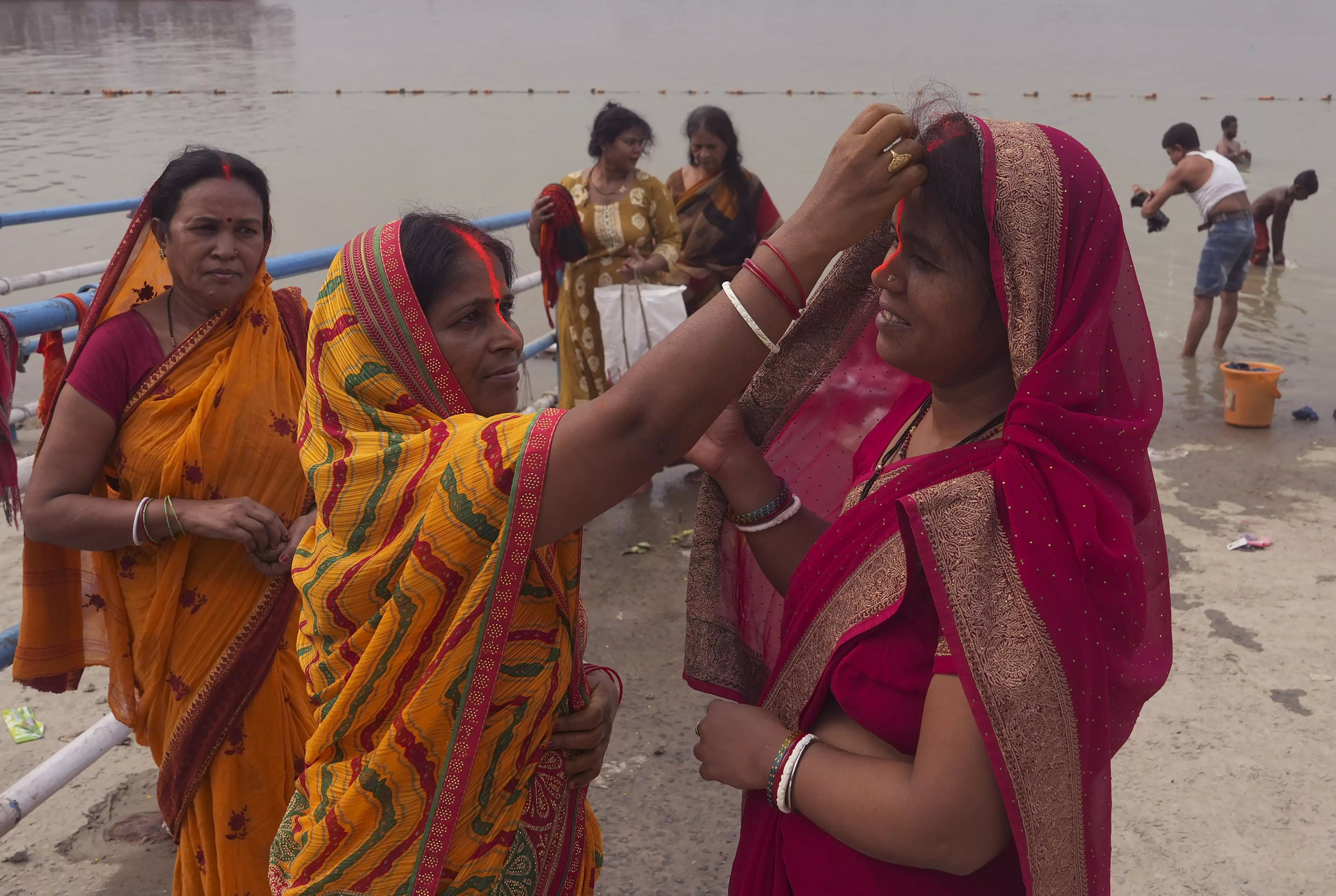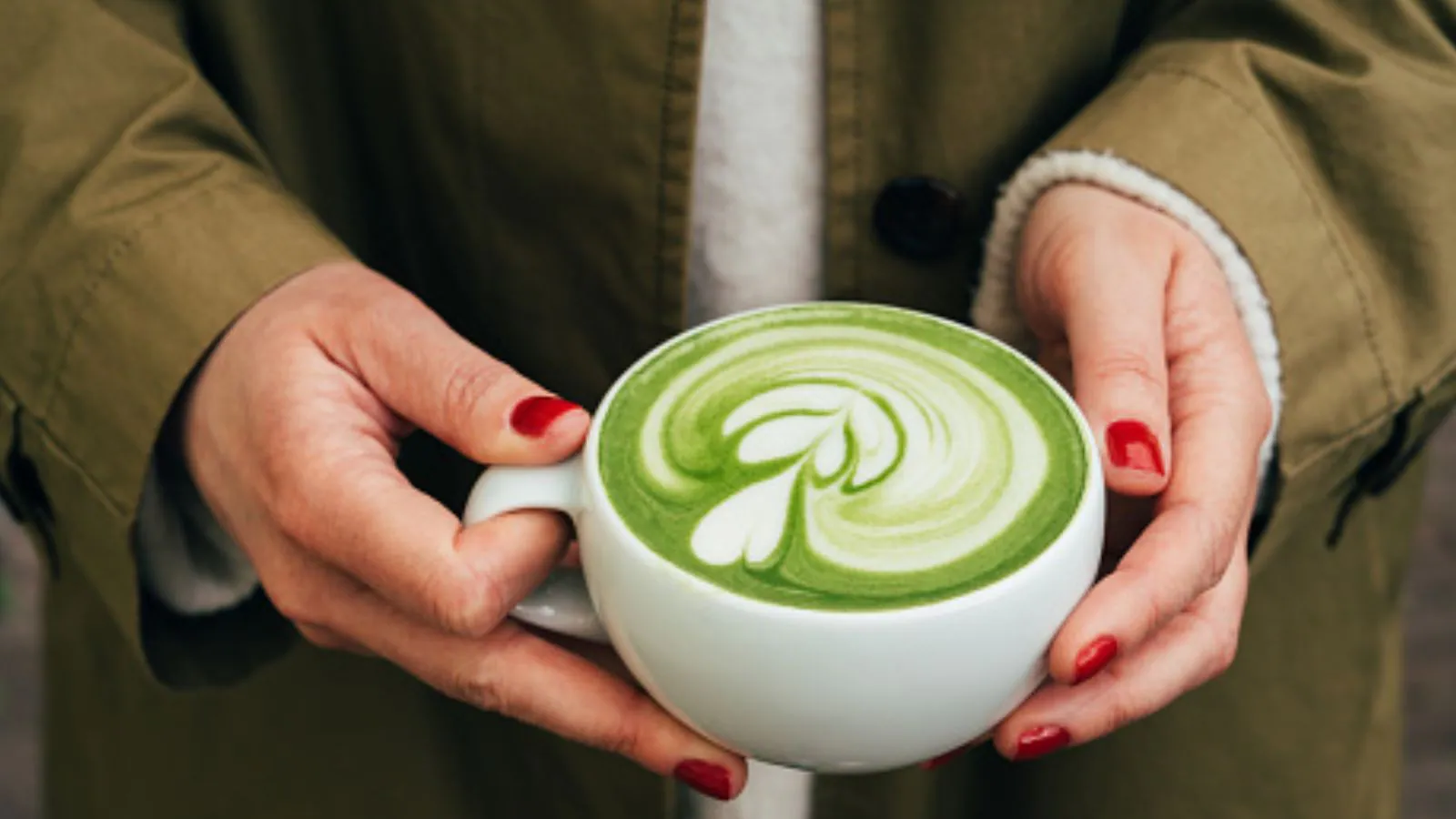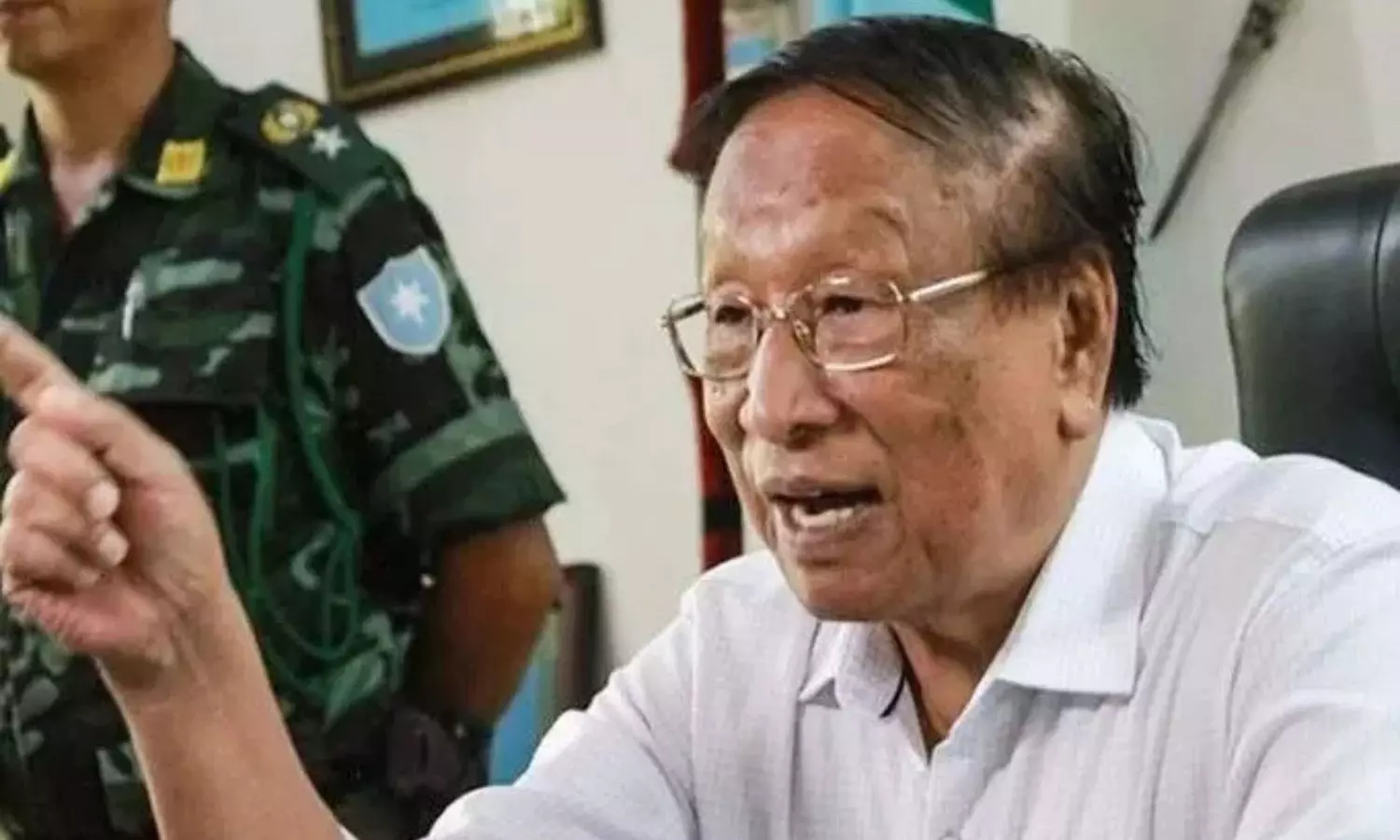Copyright deccanchronicle

The Sun is the force of life for all beings on Earth, and Chhath Puja is a four-day Hindu festival celebrated to honour the Sun God, Lord Surya, and the goddess of life and protector of children, Chhathi Mai. It falls six days after the festival of Diwali, the word 'chhath' derived from 'shashthi', the sixth day of the new moon. Chhath Puja is primarily celebrated in eastern India, especially in the states of Bihar, Jharkhand, and Chhattisgarh. With immigration, the festivities have travelled across India and even other countries as well. This year, the festival commenced on Saturday, 25th October, and will conclude on Tuesday, 28th October.Unlike most Hindu festivals, Chhath Puja does not involve any idol worship and prayers are offered to both the rising and setting sun. It focuses on the relationship between human beings and nature, honouring the cyclic rhythm of life. Devotees fast and bathe in holy water, purifying their souls to seek the blessings of Surya Dev and his consort for health and prosperity.The third day is the most significant, where devotees observe a Nirjala Vrat, a 36-hour dry fast.The story of Chhath PujaChhath Puja is associated with the sixth Prakriti, Devasena. Legend has it that King Priyavrat and Queen Malini prayed to the gods to bestow them with a son. The queen ate a bowl of kheer that appeared from the sacrificial fire and became pregnant. However, the child turned out to be stillborn. Devastated, she decided to drown herself in a river, but Devasena stopped her, asking Queen Malini to worship her and the Sun God. Following her advice, the queen offered her prayers to the deities and was blessed with a baby boy.The puja is also mentioned in the Indian epics of Ramayana and Mahabharata. Six days after Diwali, Lord Ram's Kingdom was established, and both he and Sita Maa fasted, performing Chhath Puja. Kunti and Draupadi are believed to have offered prayers to Surya Dev and Devasena as well.Puja TimingsSunrise - 06:30 AMSunset - 05:41 PMShashthi Tithi Begins - 06:04 AM (27 Oct)Shashthi Tithi Ends - 07:59 AM (28 Oct)Brahma Muhurta - 04:48 AM to 05:39 AMPratah Sandhya - 05:13 AM to 06:30 AMAbhijit - 11:43 AM to 12:28 PMVijaya Muhurta - 01:57 PM to 02:42 PMGodhuli Muhurta - 05:41 PM to 06:06 PMSayahna Sandhya - 05:41 PM to 06:58 PMRavi Yoga - 01:27 PM to 06:31 AM (28 Oct)Nishita Muhurta - 11:40 PM to 12:31 AM (28 Oct)How Chhath Puja is celebratedOn each day of the festival, worshippers carry out various rituals:Nahay Khay - Devotees clean their homes and bathe in holy water before preparing a sattvic vegetarian meal of gourds, lentils, and rice.Lohanda and Kharna - Devotees observe a day-long dry fast before offering kheer, fruits, and seasonal vegetables to the deities and breaking their fast.Sandhya Arghya - Devotees begin a 36-hour dry fast and offer prayers to the setting sun, standing waist-deep in holy water and carrying a soop, or bamboo basket, with offerings.Usha Arghya - Devotees offer prayers to the rising sun before breaking their fast, thus concluding the celebrations.



